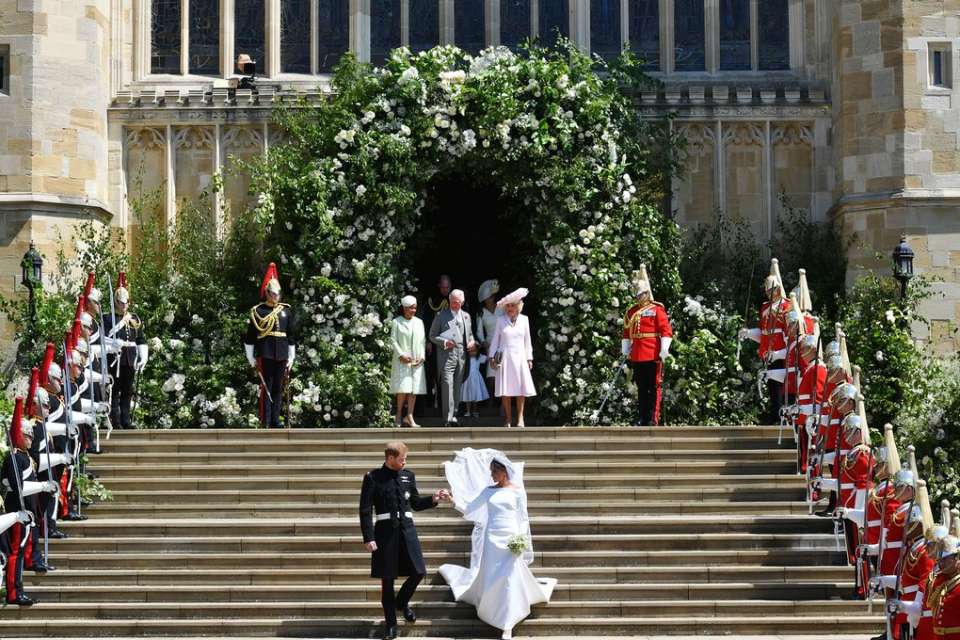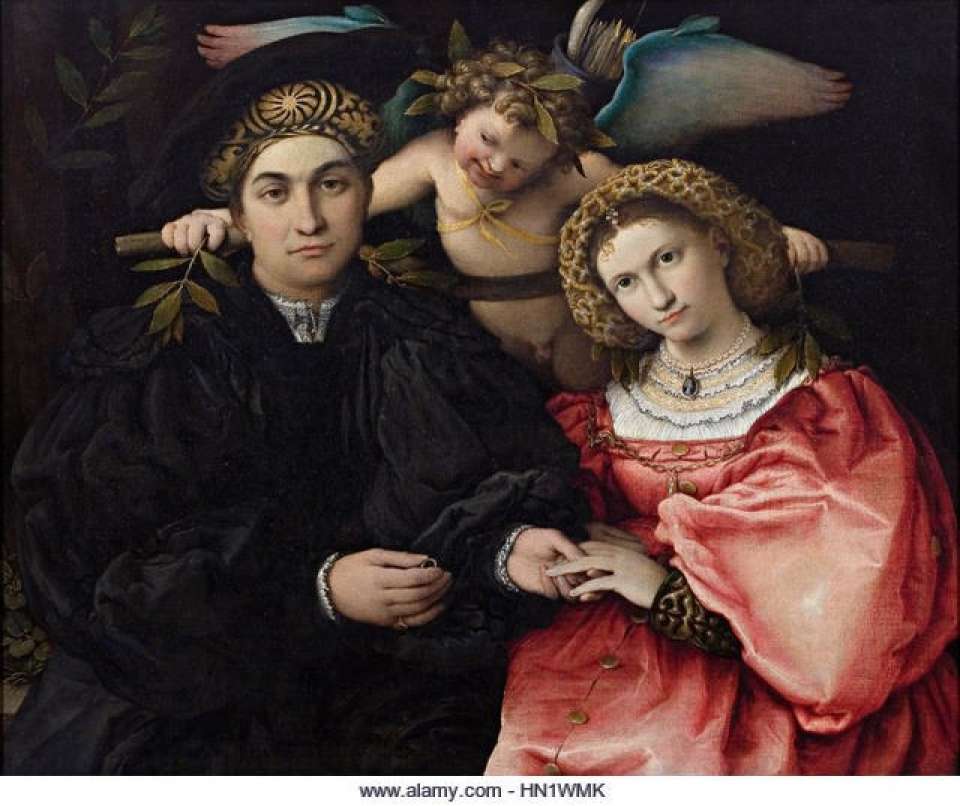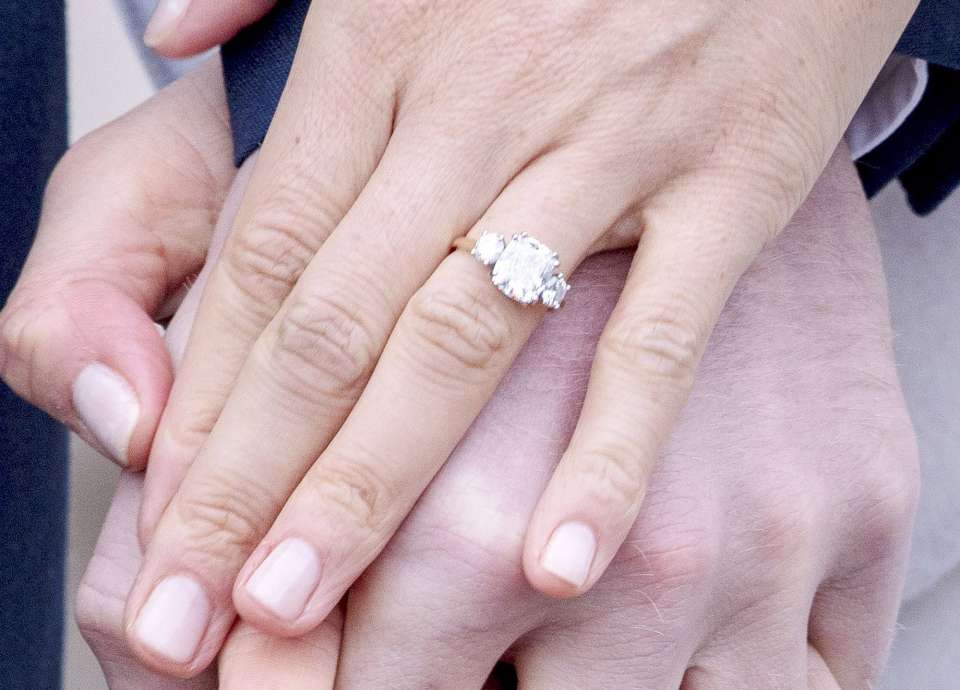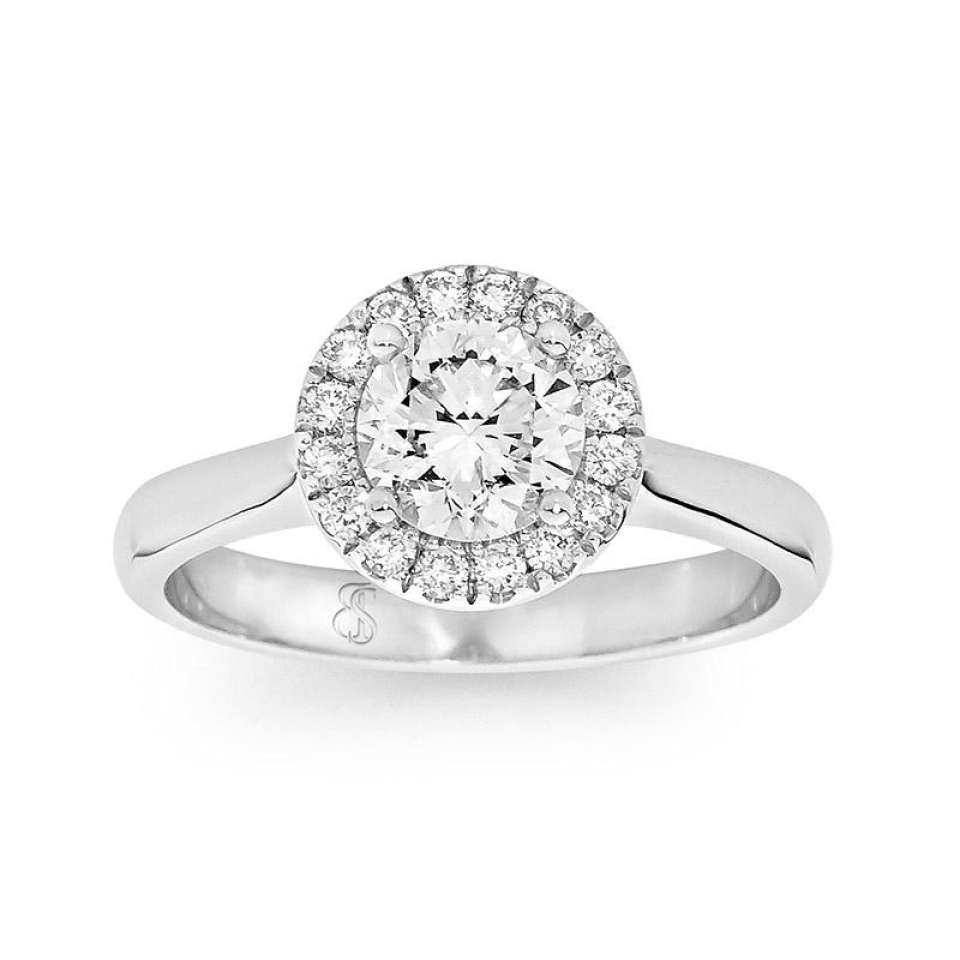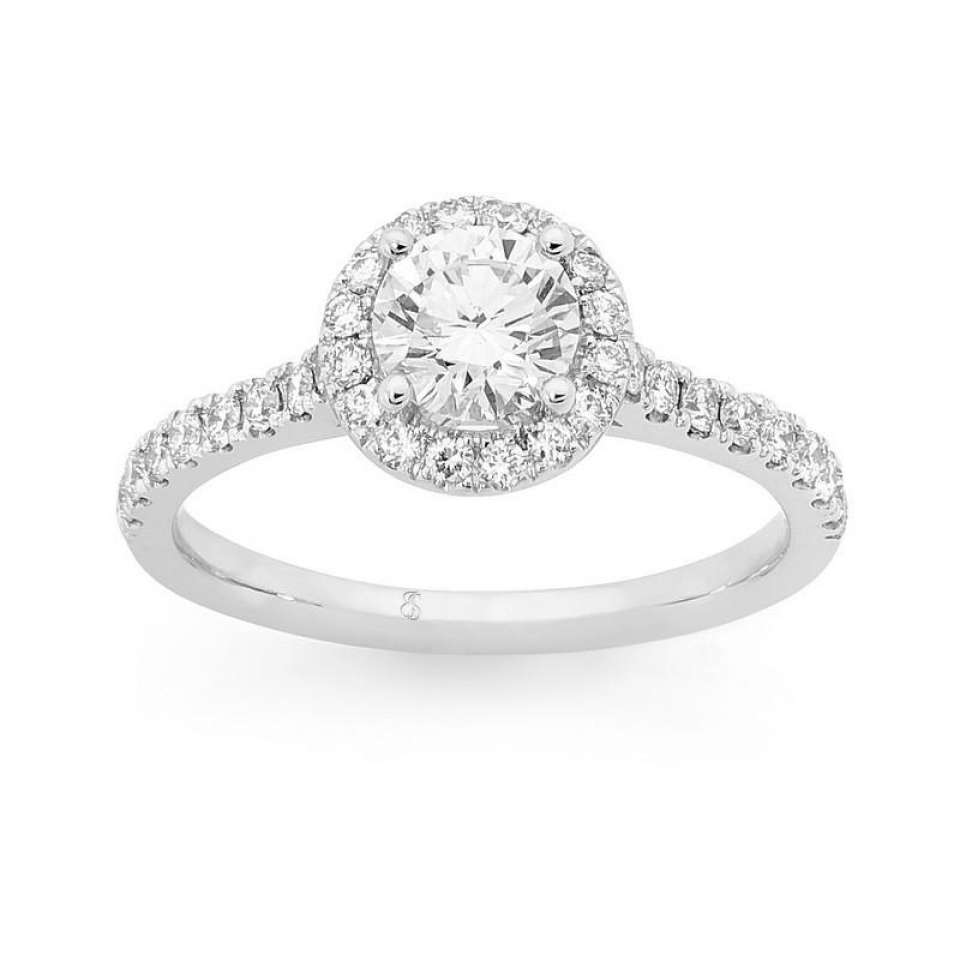Wedding Bands for Life ~ History of Wedding & Engagement Rings
Wedding Bands & Engagement Rings
Wedding Bands For Life ~ The History of Wedding & Engagement Rings
Ancient Egyptians believed in the vena amoris, literally the “vein of love” that runs directly from the heart to the fourth finger on the left hand.
Since then, wedding rings have been worn as a sign of the binding pledge between the couple.
The endless circle shows the eternal nature of the union, with the open centre a portal to the unexplored life ahead as a couple.
This sentimental theory is recognized in western cultures and is the main reason the engagement and wedding rings are worn on the fourth finger, now referred to as the “ring finger”. In other cultures, however, the ring is worn on the right hand, since that is the hand used for oaths and vows.
The Greeks and Romans carried on the tradition but, during these eras, betrothal rings were made out of leather, bone or ivory. In early Rome, the use of metal rings began to surpass other materials, but the metal primarily used was iron. Gold and silver rings were given on rare occasions, and only by the extremely wealthy.
It was not until 1947, when copywriter Francis Gerety created de Beers’s amazing iconic campaign ~ A Diamond is Forever ~ and as a result, diamonds soared as the most popular choice of stone for an engagement setting.
Today, a diamond engagement ring is still the most common choice, although people are beginning to move towards unique styles, vintage pieces, rough diamonds and other non-traditional stones. Other couples are persuaded by more eco-friendly and fair-mined options, and even recycled diamonds.
Engagement Rings
Which came first, yes you are correct if you guessed the wedding ring.
A more traditional engagement ring style (more similar to rings you see today) made its way to the stage in the 15th century and was first worn by royal families. Brides in the upper class were given engagement rings with hidden messages. For example, a ring with a diamond and a ruby displayed would stand for commitment and passion.
Fast-forward to the Eighteenth century and you will spot the beginning of the Diamond Age. As diamonds in Brazil became more accessible for the upper classes, so did their popularity. It also was at this time that a second ring (aka a wedding band) was united with the engagement ring at the time of the ceremony. One of the lead trendsetters, Queen Charlotte, wife of George III of England, opted to nestle a diamond band with her engagement ring.
Did You Know?
• The earliest and smallest engagement ring was given to Princess Mary, daughter of Henry VIII. She was two years old at the time.
• The first recorded account of a diamond engagement ring was in 1477 when King Maximilian I of Germany (1459-1519) proposed to Mary of Burgundy (1457-1482) and offered her a diamond to seal his vow. (So guys, you now know who to blame!)
• The most popular month for engagement? December.
• In 1886, the Tiffany setting took the engagement ring by storm. The design’s creator, Charles Lewis Tiffany, knew the importance of a diamond engagement ring and wished for a stage to display its prominence and symbolism of love.
• Today, in Norway, Russia, Greece, Ukraine, Bulgaria, Poland, Austria, Germany, Portugal and Spain, the wedding ring is worn on the ring finger of the right hand and not the left. In Jewish tradition, the groom places the ring on the bride’s index finger.
Others, however, embrace the traditional practice of using the ring finger of the left hand.
Swedish brides can wear unique wedding ring sets, made up of an engagement ring, wedding band, and the ring of motherhood.
At Weddings I Do, I believe that you always leave your engagement ring on that finger so that during your ring ceremony, your spouse will know exactly which finger is the right one!
Janet x
